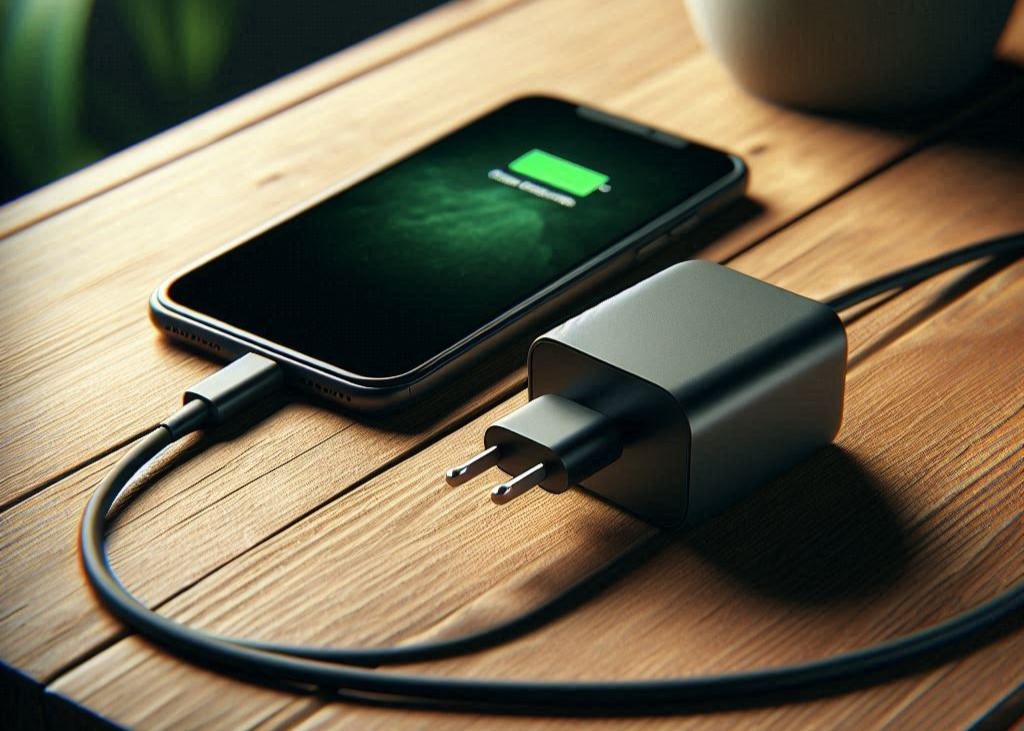Ask Arthur
Ask Arthur: Are charging bricks born equal?
A reader asks if it is ok to use any charging brick to charge a phone. ARTHUR GOLDSTUCK says yes, but …
A: That’s a pretty important question in an era where the two market leaders, Samsung and Apple, no longer supply charging bricks with a smartphone, mainly to try to curb a small slice of the price rise of increasingly expensive handsets.
They may tell you to buy their own branded charging bricks, but then they are merely adding to the cost of the device, at a premium for this accessory. Even ChatGPT will tell you: “When possible, use the original charger that came with your phone, or a charger recommended by the phone’s manufacturer.”
You’d think the robots are getting a cut of the profits.
Obviously, it makes financial sense to use the bricks one already has, even if they are from a different brand. And the reality is, fast chargers like Huawei Supercharge, Oppo SuperVooc and Vivo FlashCharge are all up to the task, providing a quick power refill without a hefty price tag. I’m also a fan of PowerUp and Troo, which have options for multiple ports for USB-A and USB-C.
The benefits are obvious, even to the AI that I asked to focus on the benefits:
* “Non-brand chargers are often more readily available than original brand chargers. If you lose or damage your original charger, you can quickly find a replacement without waiting for a specific brand’s product.
“Original brand chargers can be expensive. Non-brand chargers, particularly those from reputable third-party manufacturers, tend to be more affordable while still offering comparable performance.
“Some third-party chargers may offer advanced features not available in original chargers, such as multiple USB ports, higher wattage for faster charging, or integrated safety features like overcurrent protection and temperature control.
“Many non-brand chargers are designed to be compatible with a wide range of devices, including smartphones, tablets, and other gadgets. This versatility can reduce the need for multiple chargers, simplifying your charging setup.”
So much for ChatGPT telling us the obvious. There is also a downside. For example:
* Ensure it is compatible, as differing voltage and current ratings of a non-brand charger can fry your phone
* Avoid cheap, no-name chargers, but if you haven’t heard of brands like PowerUp and Troo, look for user reviews on reputable sites.
* Some cheap chargers have a shoddy build, with loose parts, exposed wires, or a flimsy body. Avoid.
* The first time you use it, monitor the charging process. Check if the phone gets hot or if the charger itself becomes warm, which is a clue that it is not the right charger for your handset.
Oh, and if your phone doesn’t support fast-charging, use a regular charging brick. It’s not only cheaper, but probably safer. On a regular phone that does not support it, using a fast charger may in fact result in slower charging than usual.
* Arthur Goldstuck is CEO of World Wide Worx and editor-in-chief of Gadget.co.za. Follow him on social media on @art2gee.



















